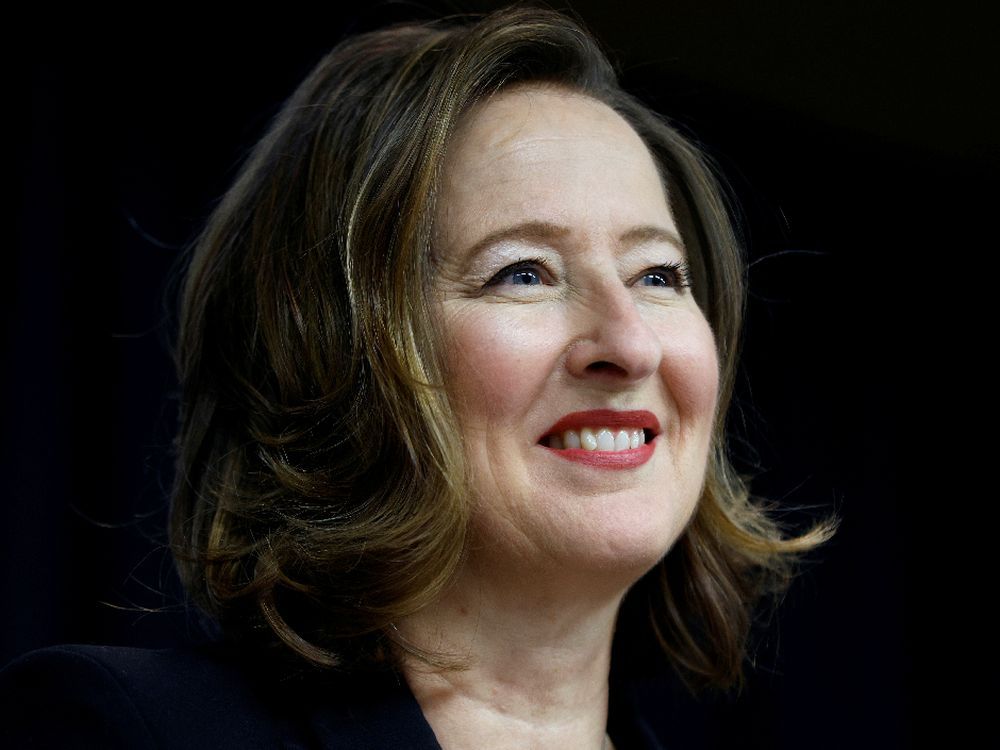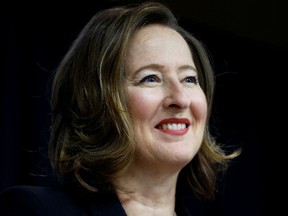Carolyn Wilkins to lead review of Reserve Bank of Australia after ‘embarrassing’ forecast

Former BoC deputy charged with examining monetary policy following criticism over handling of inflation

Article content
Australia’s government has tapped former Bank of Canada senior deputy governor Carolyn Wilkins to lead a review of the Reserve Bank of Australia after the central bank faced criticism for its handling of inflation.
Advertisement 2
Story continues below
Article content
Wilkins, who now serves as an external member of the Financial Policy Committee at the Bank of England, joins a team of economists that will undertake the first wide-ranging review of Australian monetary policy since the 1990s.
Like the Bank of Canada, the Reserve Bank of Australia had come under fire in recent months for failing to anticipate a surge in inflation. The miss was called “embarrassing” by Philip Lowe, the RBA’s governor.
“Australia is facing a complex and rapidly changing economic environment, as well as a range of long-term economic challenges,” Australian treasurer Jim Chalmers said in a press release on July 20. “This is an important opportunity to ensure that our monetary policy framework is the best it can be, to make the right calls in the interests of the Australian people and their economy.”
Advertisement 3
Story continues below
Article content
Chalmers said the RBA would be enlisting the help of outside experts to scrutinize the central bank’s mandate, the intersection of its monetary, fiscal and macroprudential policies, and its governance, culture, operations and more.
The review will aim to produce a final report with recommendations to the government by March 2023.
Wilkins is joined by Renée Fry McKibbin, who serves as the interim director of the Crawford School of Public Policy at the Australian National University, as well as Gordon de Brouwer, the Australian economist and secretary for public-sector reform. The team will be supported by a Treasury secretariat and other RBA staff.
Australia’s consumer price index hit 5.1 per cent year over year in the March 2022 quarter, led largely by rising shelter and fuel costs, according to the Australian Bureau of Statistics. Underlying inflation, which excludes large swings in price movements, increased 3.7 per cent during the same time frame, the highest increase since March 2009.
Advertisement 4
Story continues below
Article content
Despite the country’s soaring inflation, the RBA signalled it intended to keep its policy rate as low as possible until 2024. The central bank’s cash rate, which determines interest rates for overnight loans between financial institutions, had been kept at a historic low of 0.1 per cent coming out of the depths of the COVID-19 pandemic.
-

https://financialpost.com/news/economy/tiff-macklem-soft-landing-business-confidence
-

Canada’s inflation rate surges to 8.1% in biggest jump in almost 40 years: What you need to know
-

Exclusive: Tiff Macklem on the Bank of Canada’s surprise rate hike, wrestling inflation and its forecast miss
The RBA raised interest rates twice to 1.35 per cent, the latest increase being a 50-basis-point hike during the July meeting. The central bank still sees the need for further policy tightening to put a lid on inflation, according to the meeting’s minutes.
Wilkins served as the No. 2 at the Bank of Canada from 2014 to 2020. She has experience with deep policy dives, as she led the internal review of the Bank of Canada’s inflation-targeting regime, organizing a years-long study program that tested the two-per-cent target against a handful of other approaches to setting interest rates. The Bank of Canada and the federal government ultimately opted to stick with something close to the status quo.
Financial Post
• Email: [email protected] | Twitter: StephHughes95
Advertisement
Story continues below








